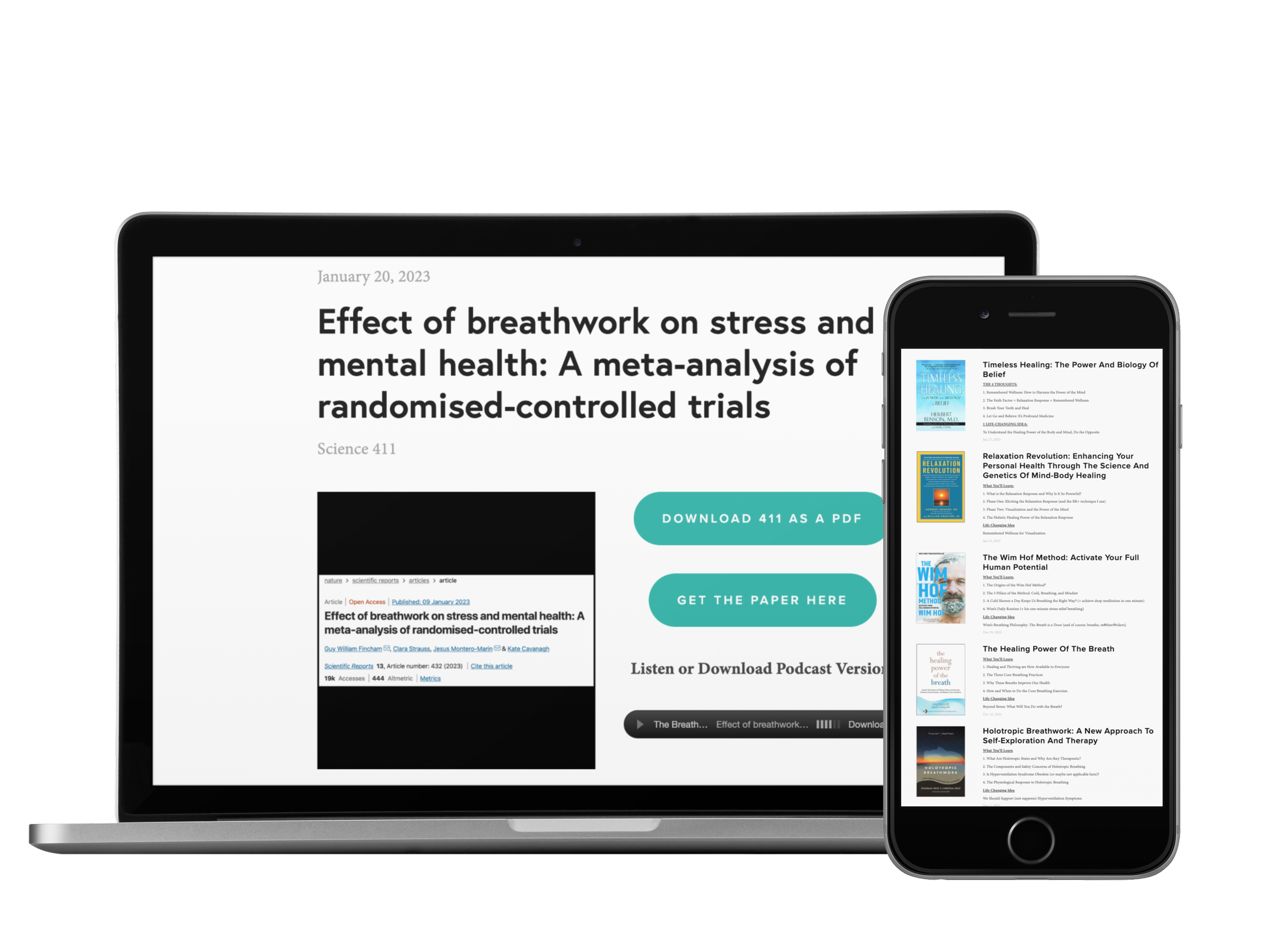Listen Instead of Reading
If you enjoy listening, you can subscribe to the audio version on Spotify, Apple Podcasts, and Audible so you don’t even have to look at the email 😊
4 THOUGHTS
1. A Remarkable Fact About the Upper Airways (-148°F)
“…the upper respiratory tract is able to warm and saturate inspired air so that in climates as cold as minus 100°C [-148°F] air entering the alveoli has attained body temperature and is saturated with water vapor.”
My brain can’t fully grasp how remarkable that is over such a short distance…
Our airways are incredible.
2. Oral Posture and Nasal Breathing
“Try it for yourself: Open your mouth and place your tongue on your upper palate. Now try to breathe through your mouth. While it is possible to draw a wisp of air into the lungs, it will not feel right. It follows therefore that the tongue of a mouth breather will tend to rest on the floor of the mouth or suspended midway.”
– Patrick McKeown, The Oxygen Advantage
Patrick’s explanation here is perhaps the most commonsense reason for maintaining optimal oral posture: It promotes nasal breathing simply because breathing through your mouth is awkward when the tongue is against the roof of the mouth. 👏
3. Why Voluntary Breath Control Matters
“We can hold our breath, or breathe faster, or breathe slower, at any time, by choice. Why does this control matter? It matters because breathing is the link between our inner and outer experiences … It is also the link between the physical and emotional reactions we have to those experiences. In other words, what is happening within our bodies and minds is channeled through our breathing.”
- Anyen Rinpoche & Allison Choying Zangmo, The Tibetan Yoga of Breath
I have nothing to add except a few of these 🤯 🤯 🤯
4. A Neat Study on Slow Yogic Breathing and Vagal Stimulation
“These findings raise the possibility that mind-body techniques that use slow breathing at rest exert their breathing-related relaxation effects through vagal mechanisms.”
- Vagal Mediation of Low-Frequency Heart Rate Variability During Slow Yogic Breathing
This ingenious study separately blocked the parasympathetic and sympathetic nervous systems and then measured HRV during slow yogic breathing. By doing this, they conclusively found that increases in HRV were primarily due to increased vagal activity.
In other words, slow breathing is vagus nerve stimulation 👏
***
P.S. You get the full Science 411 on this paper when you sign up for the Breath is Life Learning Center.
Breath is Life Learning Center
The Largest Collection of Breathing Wisdom and Science on the Web
1 Quote
“Mindful Breathing is a useful practice in its own right. … However, I’d like you to think of it as a versatile training tool to help you engage fully in every meaningful task in your life.””
1 Answer
Category: Diagnostic Breath Exercise
Answer: This physiological exercise is basically a forced exhale against a closed glottis, mouth, and nose.
…
(Cue the Jeopardy! music.)
…
Question: What is the Valsalva maneuver?
In good breath,
Nick Heath, T1D, PhD
“Breathing is the compound interest of health & wellness.”
* An asterisk by a quote indicates that I listened to this book on Audible. Therefore, the quotation might not be correct, but is my best attempt at reproducing the punctuation based on the narrator’s pace, tone, and pauses.
Sign Up For The Breathing 411
Each Monday, I curate and synthesize information from scientific journals, books, articles, and podcasts to share 4 thoughts, 1 quote, and 1 answer (like "Jeopardy!") related to breathing. It’s a fun way to learn something new each week.

